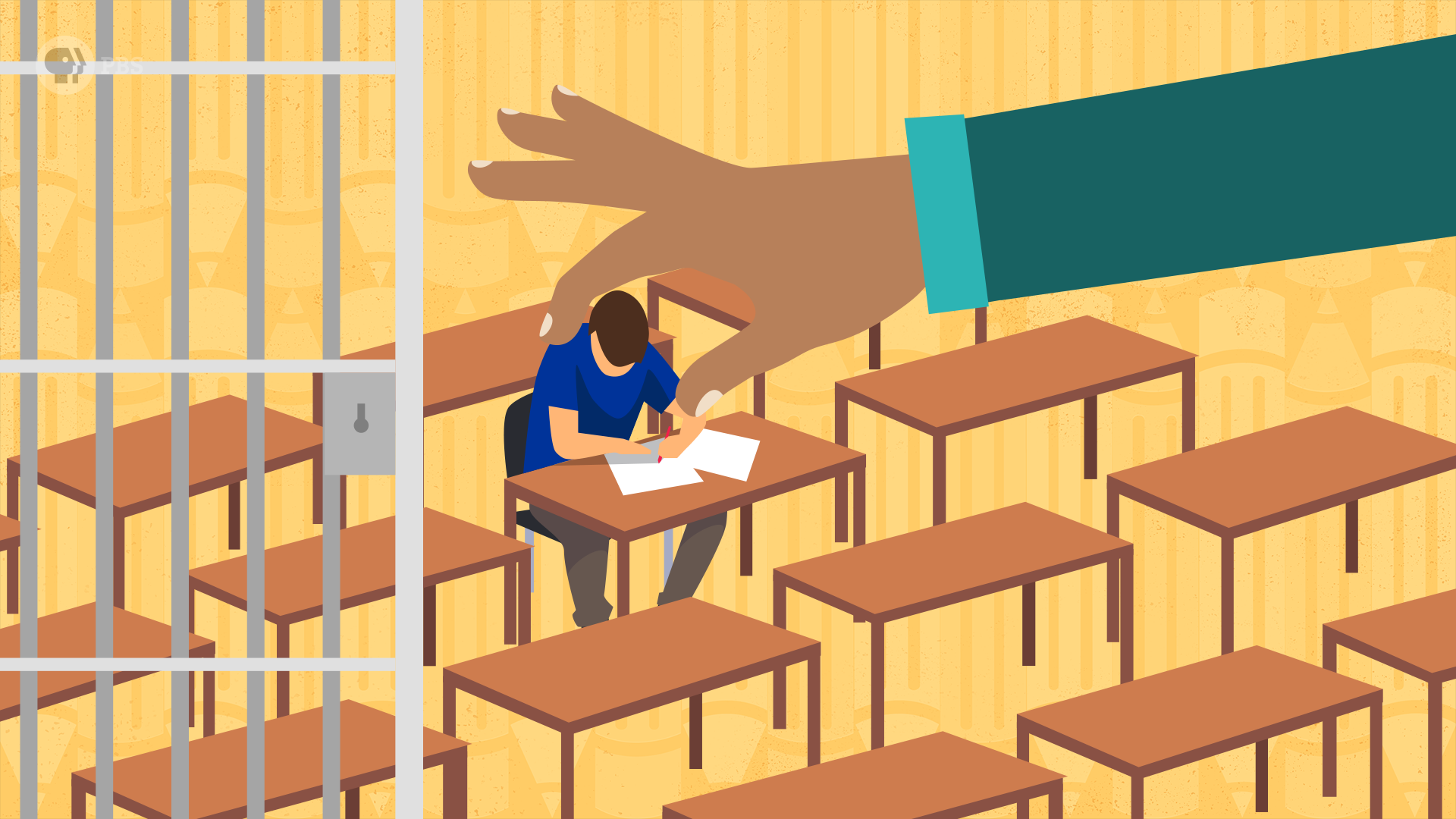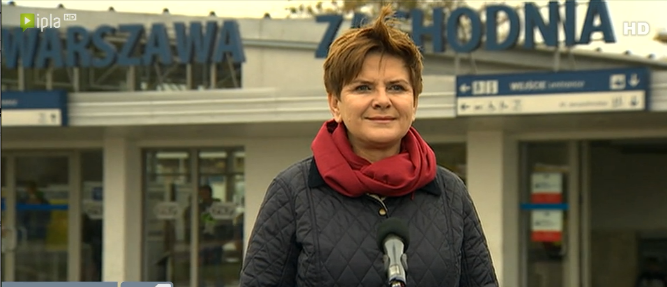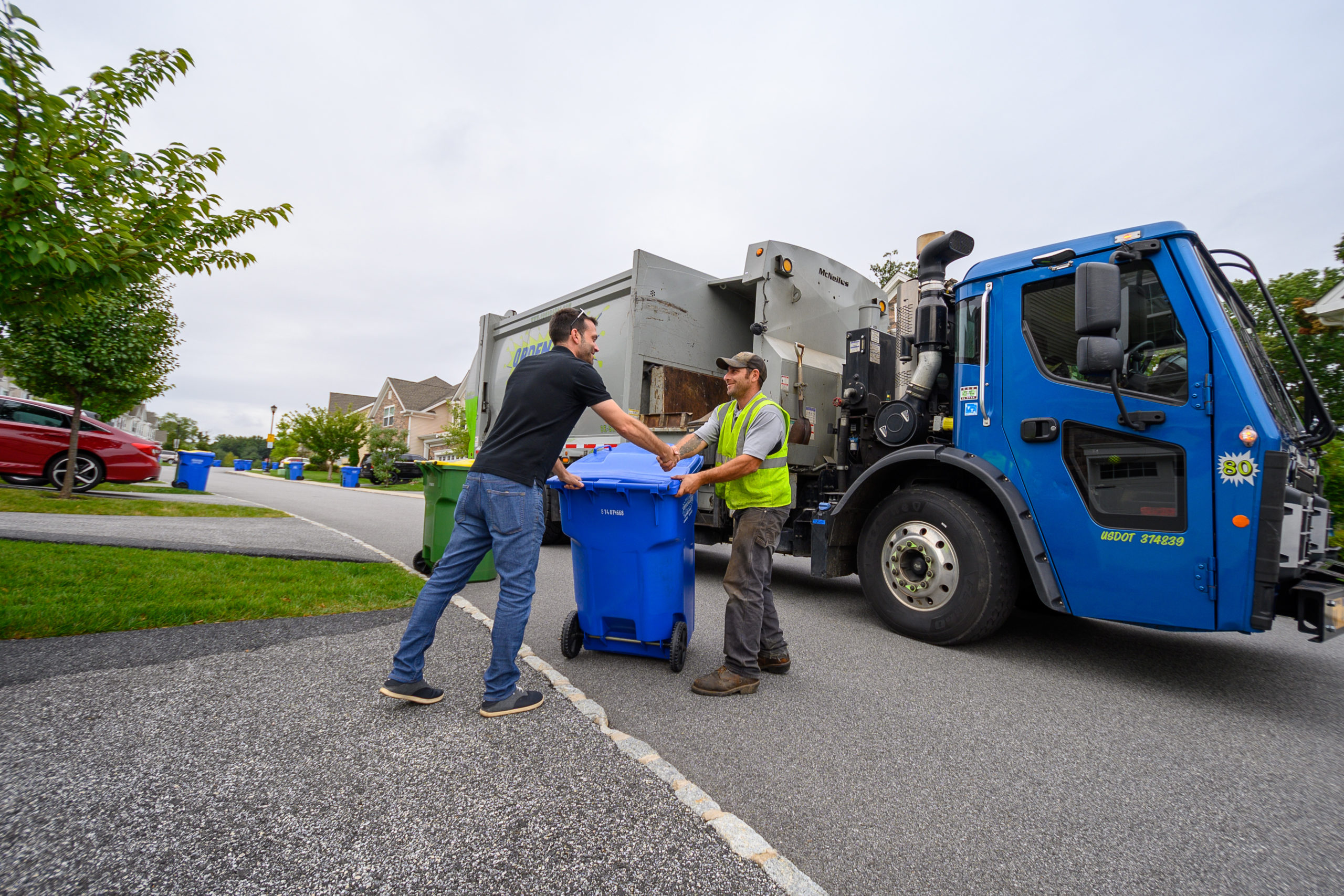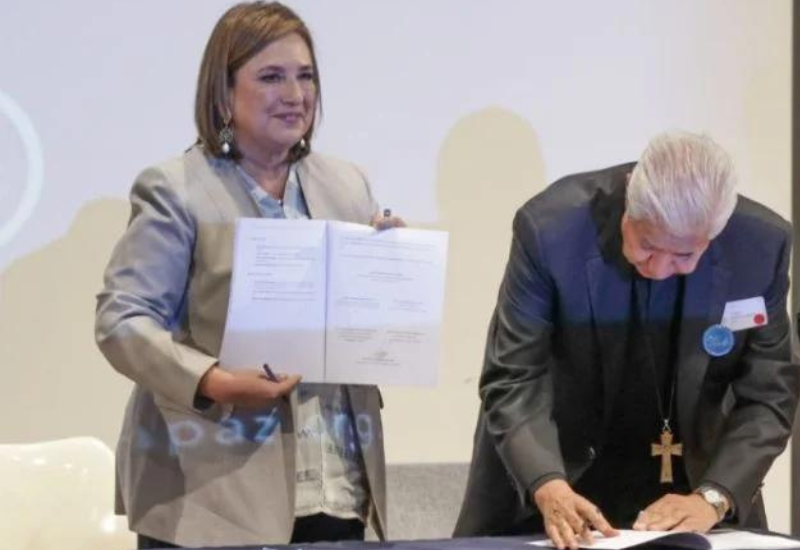Examining The Ineffectiveness Of School Suspensions

Table of Contents
School Suspensions: A Breeding Ground for Negative Outcomes
School suspension, far from being a solution, often exacerbates existing problems and creates new ones. The punitive nature of suspension contributes to a cycle of negative consequences that hinder a student's development and future prospects.
Increased Risk of Criminal Activity and Future School Suspension
Numerous studies have shown a strong correlation between suspension and increased likelihood of delinquency, dropout rates, and future disciplinary actions.
- Increased exposure to negative peer influences: Time away from school places students in environments where they may be more likely to engage in risky behaviors and associate with peers involved in criminal activity.
- Loss of educational opportunities: Missed classes and disrupted learning lead to academic setbacks, making it harder to succeed and increasing the likelihood of future behavioral problems.
- Disruption of routine and support systems: The removal from the structured environment of school can disrupt established routines and access to crucial support systems, such as counselors and teachers.
A study published in the Journal of School Psychology found that suspended students were significantly more likely to be involved in criminal activity within the following year compared to their peers who were not suspended. This highlights the unintended and harmful consequences of this common disciplinary practice.
The Mental Health Toll of Suspension
The emotional and psychological impact of suspension is often overlooked. For many students, suspension leads to feelings of isolation, shame, and hopelessness, negatively impacting their mental well-being.
- Increased risk of self-harm and suicidal ideation: The stigma associated with suspension, coupled with feelings of failure and alienation, can increase the risk of self-harm and suicidal thoughts among vulnerable students.
- Difficulty reintegrating into school: Returning to school after a suspension can be challenging, creating social and academic hurdles that further marginalize students.
- Erosion of trust in authority figures: Suspension can damage the student-teacher relationship and erode trust in school authority, making it harder to foster a positive learning environment.
Research consistently demonstrates a link between school suspension and increased rates of anxiety, depression, and other mental health issues. The long-term effects on a student's mental health are significant and cannot be ignored.
The Ineffectiveness of Suspensions on Student Behavior
Despite its widespread use, school suspension has repeatedly proven ineffective in addressing the root causes of student misbehavior and improving behavioral outcomes. Instead, it often reinforces negative behavior patterns and perpetuates a cycle of failure.
Lack of Behavioral Improvement
Suspensions rarely address the underlying reasons behind misbehavior. Instead of teaching students alternative coping mechanisms or providing support, suspension simply removes them from the learning environment without addressing the core issues.
- Suspensions don't teach alternative coping mechanisms: Students are not provided with the tools or strategies to manage their emotions or navigate challenging situations.
- Suspensions don't address root causes (e.g., trauma, learning disabilities): Underlying issues such as trauma, learning disabilities, or mental health challenges are often ignored, leading to persistent behavioral problems.
- Suspensions can reinforce negative behavior patterns: The experience of suspension can reinforce negative behaviors and create a sense of alienation and resentment towards the school.
Studies consistently demonstrate that suspensions do not reduce behavioral issues. In many cases, students return to school with unresolved problems and are even more likely to engage in disruptive behavior.
The Cycle of Suspension and Failure
Repeated suspensions contribute to a cycle of school failure, leading to increased dropout rates and diminished future opportunities.
- Missed instruction time: Days spent out of school translate to lost learning, making it increasingly difficult for students to keep up academically.
- Damage to academic progress: The cumulative effect of missed classes and disrupted learning severely impacts academic performance and overall achievement.
- Diminished chances of college or career success: The negative consequences of repeated suspensions can significantly limit students' opportunities for higher education and future employment.
Data shows a strong correlation between high suspension rates and lower graduation rates. This cycle of suspension and failure reinforces inequality and limits opportunities for students from disadvantaged backgrounds.
Alternative Disciplinary Approaches: Fostering Positive School Climate
Effective school discipline requires a shift in focus from punishment to prevention and intervention. Restorative justice practices and Positive Behavioral Interventions and Supports (PBIS) offer promising alternatives to suspension.
Restorative Justice Practices
Restorative justice approaches prioritize repairing harm and building positive relationships. Instead of focusing on punishment, these practices aim to address the needs of all parties involved and find solutions that promote healing and reconciliation.
- Mediation: Mediation allows students involved in conflicts to meet and discuss the situation, reaching an agreement that addresses the harm caused.
- Conflict resolution: Schools can implement conflict resolution programs that teach students effective communication and problem-solving skills.
- Community circles: Community circles provide a space for students, teachers, and parents to engage in open dialogue and collaboratively address issues within the school community.
- Emphasis on accountability and reconciliation: Restorative justice focuses on accountability, but not solely through punishment. It also emphasizes reconciliation and repairing relationships.
Many schools have successfully implemented restorative justice programs, demonstrating a reduction in disciplinary incidents and an improvement in school climate.
Positive Behavioral Interventions and Supports (PBIS)
PBIS frameworks create a positive school climate that proactively prevents misbehavior. These frameworks rely on clear expectations, consistent reinforcement of positive behavior, and individualized support plans.
- Proactive strategies: PBIS focuses on creating a positive and supportive environment where students feel safe, respected, and engaged.
- Clear expectations: Clear behavioral expectations are established and consistently communicated to students.
- Consistent reinforcement of positive behavior: Positive behaviors are rewarded and celebrated, creating a culture of respect and responsibility.
- Individualized support plans: Students who struggle with behavior receive individualized support and interventions tailored to their specific needs.
Schools implementing PBIS have reported significant reductions in disciplinary incidents and improved academic outcomes.
Addressing Underlying Issues
Addressing the root causes of misbehavior is crucial for effective discipline. This often involves providing access to mental health services, specialized educational support, and fostering strong collaboration with families and community organizations.
- Mental health services: Providing access to mental health professionals can help students address underlying emotional and psychological issues contributing to their behavior.
- Specialized educational support: Students with learning disabilities or other educational needs require specialized support to succeed academically and reduce behavioral challenges.
- Collaboration with families and community organizations: Strong partnerships with families and community organizations are essential to providing comprehensive support to students and addressing their needs effectively.
Conclusion: Rethinking School Discipline and Embracing Positive Change
The ineffectiveness of school suspensions is undeniable. Suspensions negatively impact student well-being, academic progress, and future prospects. They do little to address the root causes of misbehavior and often perpetuate a cycle of failure. We must move beyond this outdated approach and embrace alternative strategies that foster positive school climates and support student success. Restorative justice, PBIS, and addressing underlying student needs are crucial steps towards creating more equitable and effective school discipline systems. We urge readers to advocate for changes in school discipline policies, promoting the adoption of more effective and equitable approaches that move beyond the ineffectiveness of school suspensions. Research alternative strategies, share this article, and help create a more supportive and successful learning environment for all students.

Featured Posts
-
 Could Boris Johnson Be The Conservatives Savior
May 03, 2025
Could Boris Johnson Be The Conservatives Savior
May 03, 2025 -
 Solidarnosc Vs Republika Porownanie Wyroznien W Kontekscie Wypowiedzi Sakiewicza
May 03, 2025
Solidarnosc Vs Republika Porownanie Wyroznien W Kontekscie Wypowiedzi Sakiewicza
May 03, 2025 -
 Fridays Snow And Ice Storm Impact On Schools And Trash Pickup Services
May 03, 2025
Fridays Snow And Ice Storm Impact On Schools And Trash Pickup Services
May 03, 2025 -
 Graeme Souness On Declan Rice Final Third Performance Key To World Class Aspiration
May 03, 2025
Graeme Souness On Declan Rice Final Third Performance Key To World Class Aspiration
May 03, 2025 -
 Renovacion De Flota Sistema Penitenciario Suma 7 Vehiculos Nuevos
May 03, 2025
Renovacion De Flota Sistema Penitenciario Suma 7 Vehiculos Nuevos
May 03, 2025
Latest Posts
-
 France Russie Macron Promet Une Pression Renforcee Sur Moscou
May 03, 2025
France Russie Macron Promet Une Pression Renforcee Sur Moscou
May 03, 2025 -
 La Russie Face A La Pression De Macron Developpement Imminent
May 03, 2025
La Russie Face A La Pression De Macron Developpement Imminent
May 03, 2025 -
 Macron Intensifie La Pression Sur La Russie Les Prochains Jours Seront Decisifs
May 03, 2025
Macron Intensifie La Pression Sur La Russie Les Prochains Jours Seront Decisifs
May 03, 2025 -
 Reakcja Zacharowej Na Sytuacje Wokol Emmanuela I Brigitte Macron This Is Polish Not Russian And Should Be Excluded
May 03, 2025
Reakcja Zacharowej Na Sytuacje Wokol Emmanuela I Brigitte Macron This Is Polish Not Russian And Should Be Excluded
May 03, 2025 -
 Mariya Zakharova O Semeynoy Zhizni Emmanuelya I Brizhit Makron
May 03, 2025
Mariya Zakharova O Semeynoy Zhizni Emmanuelya I Brizhit Makron
May 03, 2025
